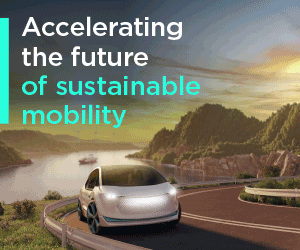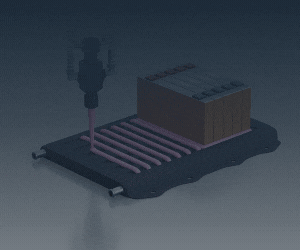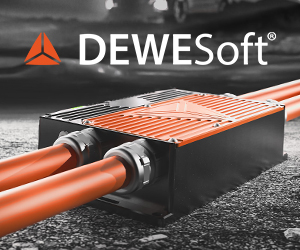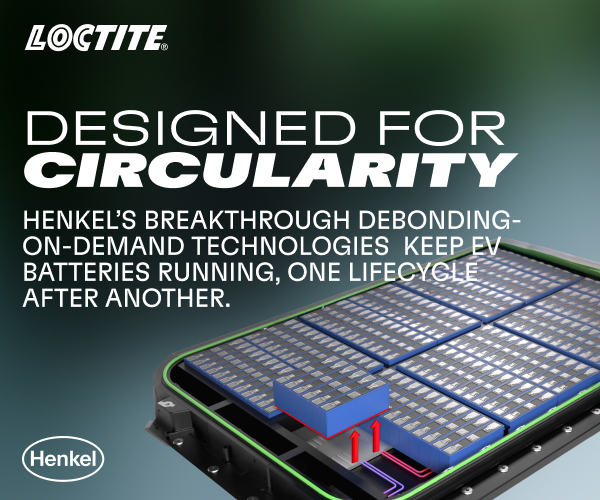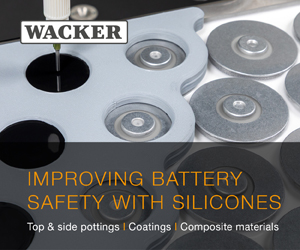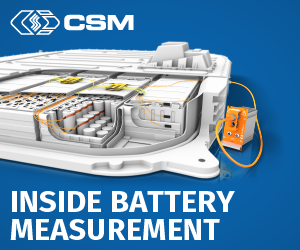Advanced thermal management in HV harness supports megawatt-scale fast charging
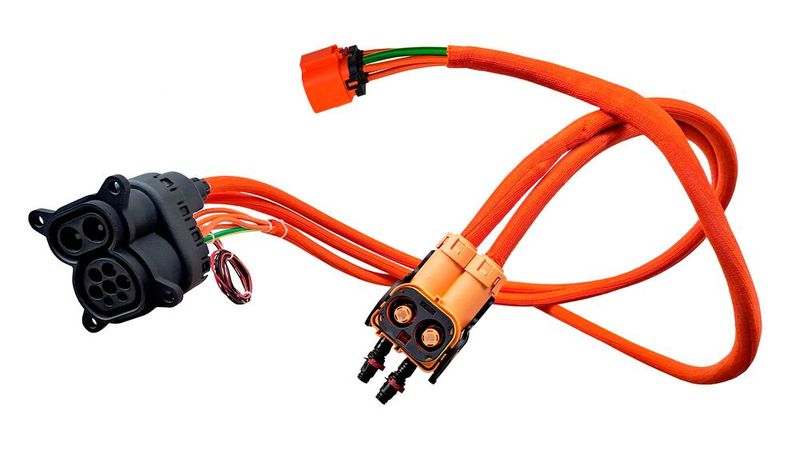
(Image courtesy of VOSS Automotive)
The management of thermal loads during high-current charging events remains a major technical challenge in e-mobility. While core drive system components such as inverters, electric motors, and high-voltage batteries are typically liquid-cooled, the high-voltage cables and charging harnesses connecting these systems have traditionally remained uncooled. This limitation imposes constraints on allowable charging currents to prevent overheating, or necessitates a considerable increase in conductor cross-section, resulting in increased system weight and reduced cable flexibility—both undesirable for vehicle integration and handling.
To address this, VOSS Automotive, Amphenol-Tuchel Electronics, and GG Group have collaborated to develop a cooled high-voltage charging harness compliant with the CCS2 standard, targeting megawatt-scale fast charging. The system features the Power2Flow® charging cable, which integrates a polymer heat exchanger within a robust insulation layer. The stranded conductor, available in aluminum or copper, is engineered for reduced cross-section, maintaining high flexibility and mobility. The VOSS polymer heat exchanger, a multi-layer plastic tube, enables active circulation of cooling medium—either water-glycol mixtures or immersion fluids—directly from the battery connection to the charging socket. The design ensures efficient heat dissipation at points of maximum thermal load, particularly the DC contact chambers in the Amphenol-Tuchel CHARGESOK® CCS2 charging socket, which also utilizes direct cooling via the integrated heat exchanger.
The inner layer of the heat exchanger is electrically conductive, while the outer layer is thermally conductive and electrically insulating, optimizing both heat transfer and electrical safety. This configuration allows a significant reduction in conductor cross-section without compromising current-carrying capacity. Testing indicates that the cooled harness architecture increases permissible current by approximately seventy percent compared to uncooled designs, enabling the prospect of sub-five-minute charging cycles when used with suitable high-power infrastructure. The reduction in cable mass and improved flexibility further simplify installation and integration in various vehicle platforms.
The system’s compatibility with standard cooling media and CCS2 interfaces supports integration with existing and future vehicle and charging architectures, enhancing scalability and future viability. By enabling higher charging currents without the penalties of increased weight or reduced flexibility, this cooled harness technology represents a substantial advance in the engineering of next-generation ultra-fast charging systems for electric vehicles.
Click here to read the latest issue of E-Mobility Engineering.
ONLINE PARTNERS



















